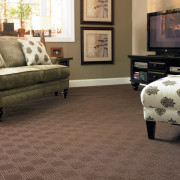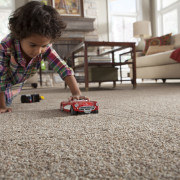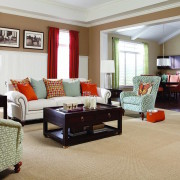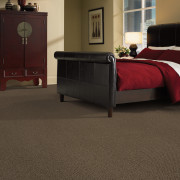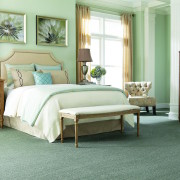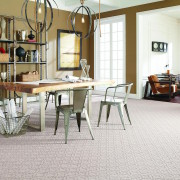Flooring Series: Pet-Friendly Carpet
The versatility and comfort of carpet make it a flooring pop star! Carpet materials are durable, comfortable, conserve energy and allow for great variations in color, pattern and design and that makes it a great choice for any home. But is your carpet choice pet-friendly? Whether making mischief or just having innocent accidents, many things can go wrong between your pets and your carpet. Before you sit back and kick off your shoes and dig your feet into a new carpet, here are a few pet-friendly carpet factors to consider.
Only the best for your little friend. Depending on your pet’s age, size and knack for trouble, choosing quality carpet materials will make a big difference in keeping your carpet looking great and save you money on cleanings and costly repairs over the long run. Carpeting made from nylon fibers will offer you stain-resistance and durability at an affordable price.
Look for the “stain-resistant” label. Chances are your companion’s going to make a mess of things now and then, so you want to look for carpets made of rich, stain-resistant and bleach-proof materials. Many carpets are designed with your pets in mind, equipped with special pet pads that prevent spills from soaking through to the subfloor and coated with innovative stain-resistant technology that helps your carpet stay clean and dry by repelling dirt and liquids.
Other things to keep in mind. When choosing a pet friendly carpet, consider the design. If you have a large dog, for example, you may want to shy away from loop yarn as your buddy’s nails can scratch or get snagged in the fiber and cause damage to the carpet. Additionally, the color and pattern of your carpet will not only make your home pop, but can also help hide excessive shedding. Also, consider alternatives to the traditional wall-to-wall carpet. Carpet tiles, for example, are a great option for pet owners as replacing damaged sections is a simple swap. Be sure to talk to your local carpet experts for tips on proper maintenance and help on finding the perfect carpet for you and your pet.
This post was written by Thais Sousa. Follow Thais on Google.


